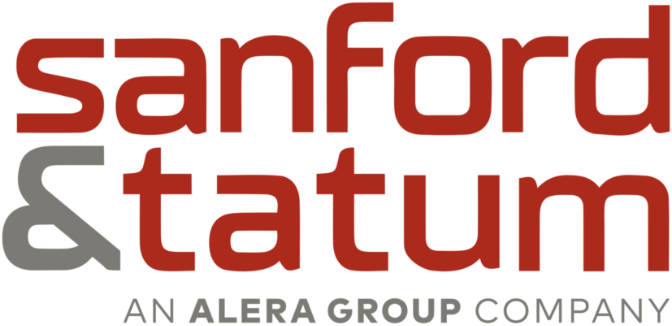Health Insurance
from Sanford & Tatum
What to Look For When Buying Individual Insurance
Health insurance exchanges were supposed to make buying health insurance as easy as shopping on Amazon. Two years later, buying health insurance is getting easier but there are some traps to look out for. Below is a primer on what to look for when buying an individual policy.
Open Enrollment
Open enrollment is the one time a year that you can change you carrier or plan without a life event as a trigger. It runs from November 15 to January 31 every year for a policy that begins January 1. If you miss this open enrollment window, you will not be able to enroll in health insurance until the following year. Unless you qualify for a special enrollment period.
Special Enrollment Period
A time outside of the open enrollment period during which you and your family have a right to sign up for health coverage. You have 60 days following certain life events that involve a change in family status (for example, marriage or birth of a child) or loss of other health coverage.
Pricing
Insurance policies are no longer underwritten based on health status, which is great news if you were unable to get coverage before. The trade-off is you can no longer get a lower premium for being healthy. There are 27 rating areas in Texas, so every 35 year old applying for Plan X will pay the same premium.
Network
You MUST check if your doctor is in network before you purchase a plan. Every carrier is different, and there are even different network options with the same carrier. For instance, BCBS Advantage HMO network plans offer lower premiums, but the number of doctors that accept it is vastly lower. (And what good is insurance if your doctor won’t accept it?)
Plan Design
When you are looking at plan design, resist the urge to decide solely on the deductible level. Deductible levels will vary, but the out-of-pocket max is now limited to $7,050 by the Affordable Care Act. The out-of-pocket max includes your deductible and copays. So regardless of the deductible on your plan, you will pay up to the out-of-pocket max if you have a serious health event. If you have money saved, take the higher deductible plan.




